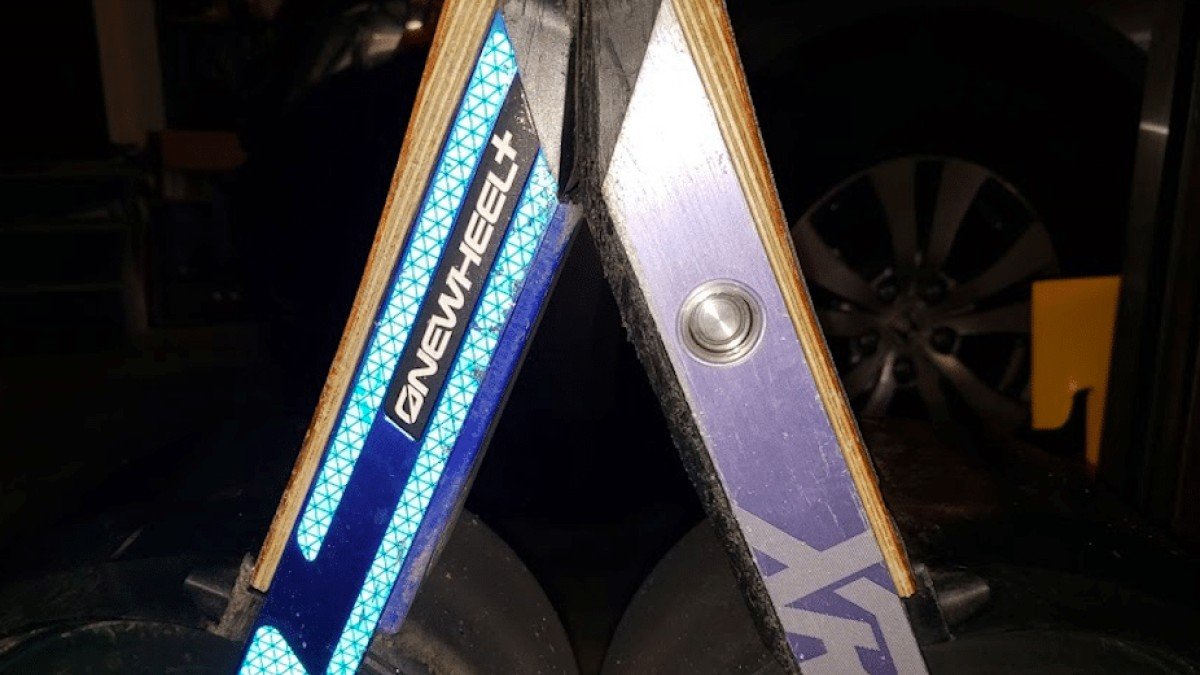
Choosing between the Onewheel XR and Onewheel Plus boils down to what you value: the XR offers superior range and power, perfect for long rides, but it's pricier and can't fly on planes. The Plus, while older with less range, is more affordable—especially used—and travel-friendly. Both have distinct strengths for different needs and budgets.
Our content may contain affiliate links. If you purchase a product using our link, we may earn a commission. This does not affect the price you pay, and we do our best to provide accurate information, regardless of affiliate status.
Written Content
After I knew I was going to get a Onewheel, the next decision was which version to get. Before doing my research, I just assumed I would want the XR because it was newer and better than the Plus in every way. But after digging into the differences between the two Onewheels, it surprised me that the Plus has some distinct advantages over the XR.
ONEWHEEL+ vs ONEWHEEL+ XR
| Onewheel+ | Onewheel+ XR | |
| Price | Expensive | Even more expensive |
| Range | 5-7 miles | 12-18 miles |
| Speed | Advertised at 19 mph, but try to stay below 15 mph for safety | Advertised at 19 mph, but try to stay below 15 mph for safety |
| Battery | Lithium Iron Phosphate | Nickel Manganese Cobalt Oxide |
| Fly? | Yes, it is allowed on planes | Technically NO, but some have reported success |
| Weight | 25 LB / 11 KG | 27 LB / 12.5 KG |
| Used Market | Mildly difficult to find (location dependent) | Very difficult to find (no matter where you live) |
Why I Would Choose a Onewheel XR
If money were no object then the newest model of the Onewheel is clearly the device I would get if I were buying a brand new Onewheel. At $1800 before taxes and any peripherals such as a fender, this is an expensive toy. The XR gets some amazing range getting 12-18 miles on a single charge so I will never have to worry about range anxiety. The XR also beats the Plus when it comes to torque and power which is great for going up hills. At first glance, it is hard for most to distinguish between a Plus and XR. But there is a clear difference when it comes to price tag and when you look at the specs under the hood. The XR give you increased range, slightly increased power and torque, and the latest and greatest in Future Motion technology.Why I Would Choose a Onewheel Plus
At $1400 a brand new the Onewheel Plus is the second generation Onewheel which has been out since 2017. While it is older technology than the XR with less range at 5-7 miles, there are some distinct advantages to the Plus. The most obvious advantage is the price difference. Brand new, at the time of writing this article the Plus is 22% less expensive than its newer sibling. While that may not seem like a big enough discount in price to make up for the up to 11 miles difference in range, the big savings come when you look at the used market. Since the Plus has been around for a while, there are significantly more used Onewheel Pluses that can be found that have been lightly used and at a huge discount. If you know how to look and how to be patient, you can snag a great deal on a used Plus. Read this article I wrote on how to buy a used Onewheel for more information. I have seen a Plus with less than 20 miles on it for sale at $900! That’s a significant 50% savings from a new XR. Another huge advantage the Plus has is the battery. While the battery provides less of a range, it does pass the airline regulations allowing it to be taken on passenger airplanes. The XR can not be taken on planes because of the battery type. While some people have reported success taking their XR on flights, there is a potential that if anyone decided to check that the XR would not be allowed to board the flight. With the Plus, if you have the appropriate paperwork and know the keywords to say, even if they decide to dig deeper into the battery, the battery used in the Plus is okay to go on flights. Yet another advantage of the Onewheel Plus battery is the lifespan. Without going into boring details, the battery chemistry used in the Plus (LiFePo4) is known for its robust ability to maintain a charge. There is little battery degradation with the Plus battery type compared to other batteries. Finally, I find that most of my rides are for pleasure and not for commuting and almost all of my rides during the 400 miles of riding that we have done have been under 5 miles. Even if we wanted to ride more than 5 miles straight, we usually would need a break and that would give us time to recharge the Plus. The nice thing about the Plus is the quick charge time. It is advertised at 20 minutes, but I find it usually take around 30 minutes to charge.
No comments yet…